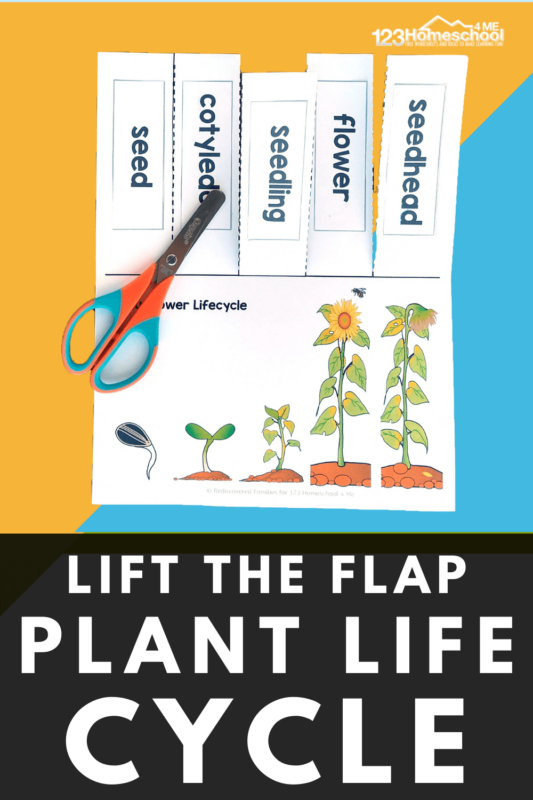The platypus is a unique and shy animal that can only be found in Australia and New Guinea.
This monotreme is a mammal that lays eggs.
These adorable creatures also have webbed feet and a beak like a duck.

Platypuses live in Australia and are excellent swimmers.
They even have special flaps of skin to cover their eyes and ears while theyre underwater.
Learn about over 25life cycles for kidswith free worksheets and activities too!

The pdf file will open in a new window for you to save freebie.
You will love that these activities require NO PREP!
Platypus Life Cycle
Have you ever wondered about the fascinating life cycle of the platypus?

Here are 20 interesting facts about these incredible animals:
1.
The platypus is one of only five species of monotremes, or egg-laying mammals, in the world.2.
They are native to Eastern Australia, including Tasmania.3.

Platypuses have waterproof fur that helps them stay warm while swimming.4.
They use their webbed feet to paddle through the water.5.
Platypuses are nocturnal animals, meaning they are most active at night.6.

They primarily feed on insects, larvae, and worms.7.
Male platypuses have venomous spurs on their hind legs, which they use to defend themselves against rivals.8.
Platypuses have electroreceptors in their bills, which help them detect prey underwater.9.

They are excellent swimmers and can stay underwater for several minutes at a time.10.
Platypuses have a unique reproductive system females lay eggs instead of giving birth to live young.11.
They are solitary animals and only come together during mating season.12.

Platypuses have a bill that resembles that of a duck, but it is actually made of soft tissue.13.
They have a body temperature lower than most mammals, averaging around 90 degrees Fahrenheit.14.
Platypuses communicate with each other through a series of vocalizations, such as grunts, growls, and whistles.15.

They have excellent hearing and can detect sounds both above and below water.16.
Platypuses are skilled burrowers and create elaborate underground tunnels for shelter.17.
They have a lifespan of about 15-20 years in the wild.18.

Platypuses are endangered due to habitat loss, pollution, and climate change.19.
They are protected by law in Australia, and it is illegal to harm or disturb them.20.
Research on platypuses is ongoing, as scientists continue to uncover new information about these mysterious creatures.

















